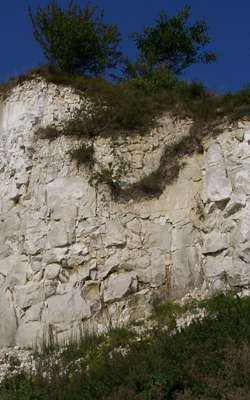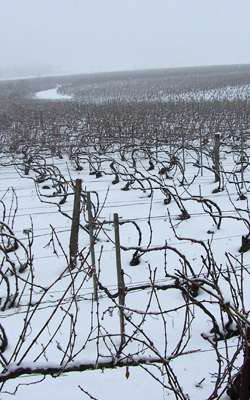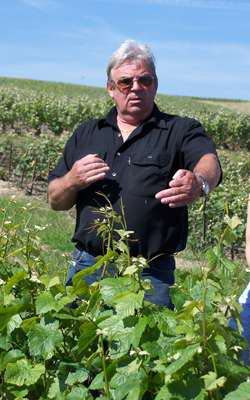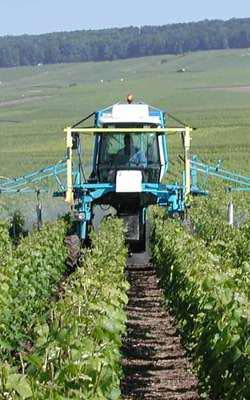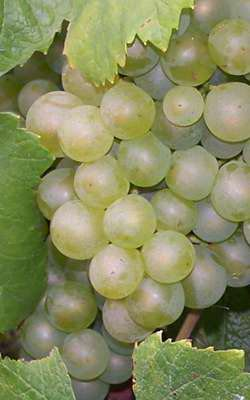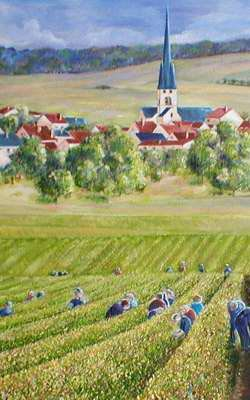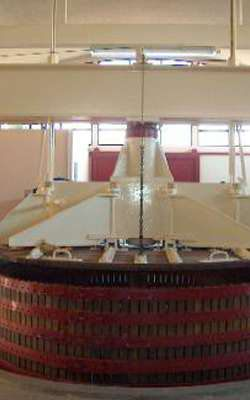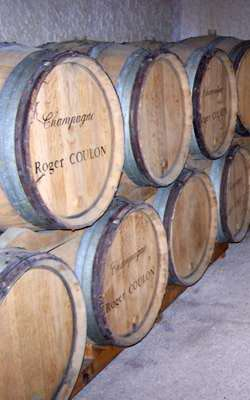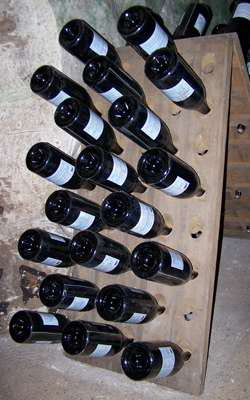The Champagne vineyard
The champagne wine is the perfect union of soil and climate
In Champagne, the word “terroir” takes all its meaning, the champagne wine is the perfect union of soil and climate. Therefore, champagne wine is unique in the world because it is closely linked to essential elements proper to Champagne area : climate, grape varieties, soil and vine growers’ know how.
Three grape growing districts in Champagne
The Champagne vineyard covers 34 000 hectares, divided into three areas : la Montagne de Reims, la Vallée de la Marne and la Cote des Blancs. The Champagne vineyard is the most northernly in France. The climate plays a vital role with a double influence, oceanic from the West and continental from the East. This extreme geographic location is its force and its weakness. Due to the slow maturation of grapes at these attitudes, champagne wine is characterized by remarkable finesse. However, the cold climate of northern France can be also responsible for the destructive winter and spring frost which means the premature death of vine flower.
Chalky soil in Champagne
The history of vines in Champagne is closely linked to the deep chalk soil. It retains heat from the sun and moisture from the rain, then it releases them gradually, acting as a natural regulator. In this poor soil, the roots of the vine must go the deepest from the ground to seek essential oligo elements, the raw materials of any wine of quality. Chalky soil also enables vine growers to dig cellars where natural freshness around 10°C and constant humidity create a perfect environment where champagne wines acquire their effervescence and their complex aromas.
Champagne is made mainly from three grape varieties. Champagne house style
Only three grape varieties are used in Champagne : Pinot Meunier, Pinot Noir and Chardonnay. A long tradition of vine growers since the time of the Romans selected these three grape varieties, which have developed a perfect osmosis with the soil. Each type of grape variety has its characteristics, its personality. Chardonnay gives le blend freshness, elegance, finesse and vivacity. Pinot noir provides fruitiness, body, strength. Pinot Meunier offers fruitiness, roundness; also this grape variety is easier to grow and is less prone to frost damage. But beyond these dominant features, they provide a wide palette with many nuances, the cellar master uses these to elaborate champagne wines which respect the house style.
Lastly, the human factor is more vital in Champagne than in any vine growing area, in the vineyard as well as in the cellar. The work of vine growing starts by the pruning and the fastening in winter and finishes by vintage in autumn. Meanwhile, the vine grower is present at each stage of the vine development, spreading of fertilizers, treatments against diseases, topping, training, cutting.

